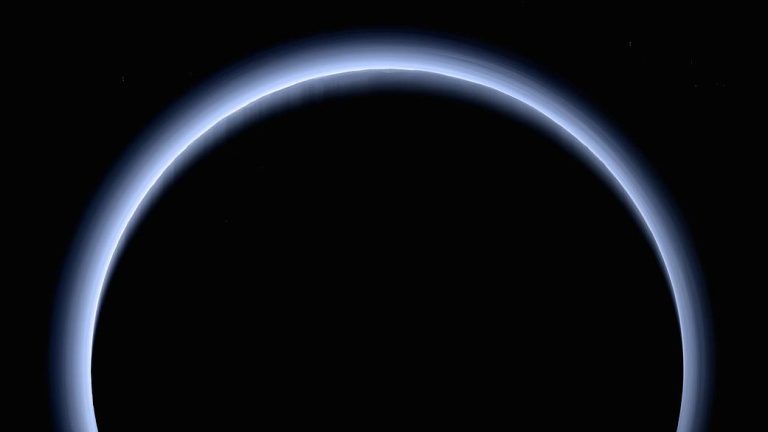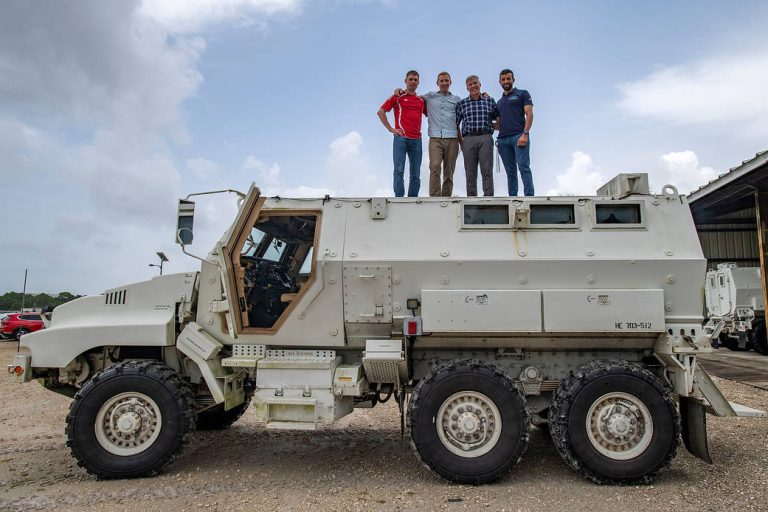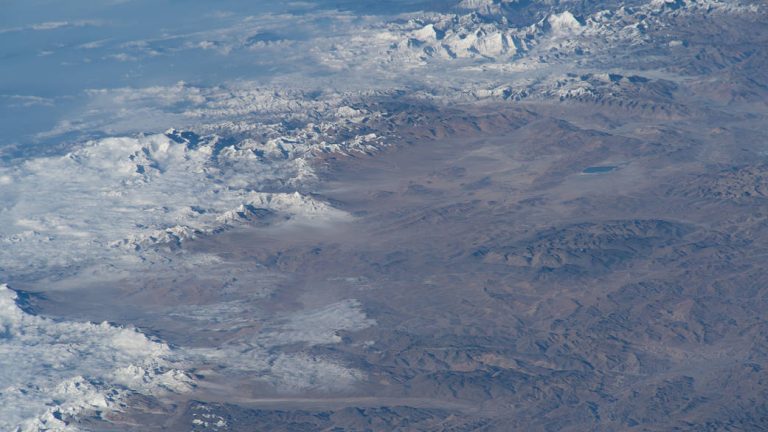蓝色的告别
A blue halo glows around Pluto’s receding crescent in this parting image taken by NASA’s New Horizons spacecraft on July 14, 2015. At the time of this shot, New Horizons was 120,000 miles (200,000 kilometers) away from Pluto. Shown in approximate true color, the picture was constructed from a mosaic of six black-and-white images from the Long Range Reconnaissance Imager, with color added from a lower resolution Ralph/Multispectral Visible Imaging Camera color image. Scientists believe the haze is a smog resulting from the action of sunlight on methane and other molecules in Pluto’s atmosphere. This reaction produces a complex mixture of hydrocarbons that accumulate into small haze particles which scatter blue light. As they settle down through the atmosphere, the haze particles form numerous intricate…










